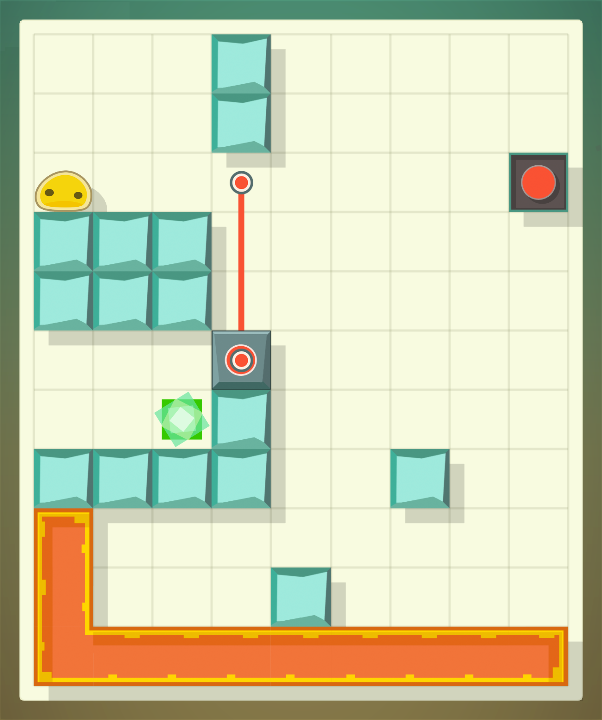Level Design Pipeline & Tools
- Micah Rust
- Mar 14, 2017
- 2 min read
Creating Pizen was quite the adventure and along the way we went from prototyping with some basic systems to a full level design pipeline and tool chain. This approach gave us the freedom to experiment with features in a low cost environment in the beginning while simultaneously able to transform the best levels into complete and refined experiences with minimal effort for the final builds.
1. Rough Drafts: Creations of a set of basic objects in a rough layout of the level. This usually contains the core of the puzzles expressed in standard sized map (larger canvas than the final map to allow for greater creativity and freedom).
Rough Concept

2. Playtesting & Selection: Every new rough level gets a quick playtest from the team to get some quick feedback. This feedback will usually result in small changes to the rough to make the puzzle more ergonomic. We then presented to probable players of our game to gain more valuable feedback on difficulty, challenge, and most importantly engagement.
3. Reduction and Finalization: After levels are verified to be engaging from our players we want to distill down that experience further. This often times will take a 17x17 grid map and bring it to about 13x13 or even non-square sizes if the map allowed. This process also formats our level to a true grid-based layout.
We then programmatically emplace and optimize the level with art assets. The art emplacement tool we used was in-house rule-based art asset mapper for the levels which we can configure to any number of different art themes. This was helpful in our game's development since we used two contract artists and nearly 20 different art passes throughout development making manual asset replacement costly.
Completed Level









Comments